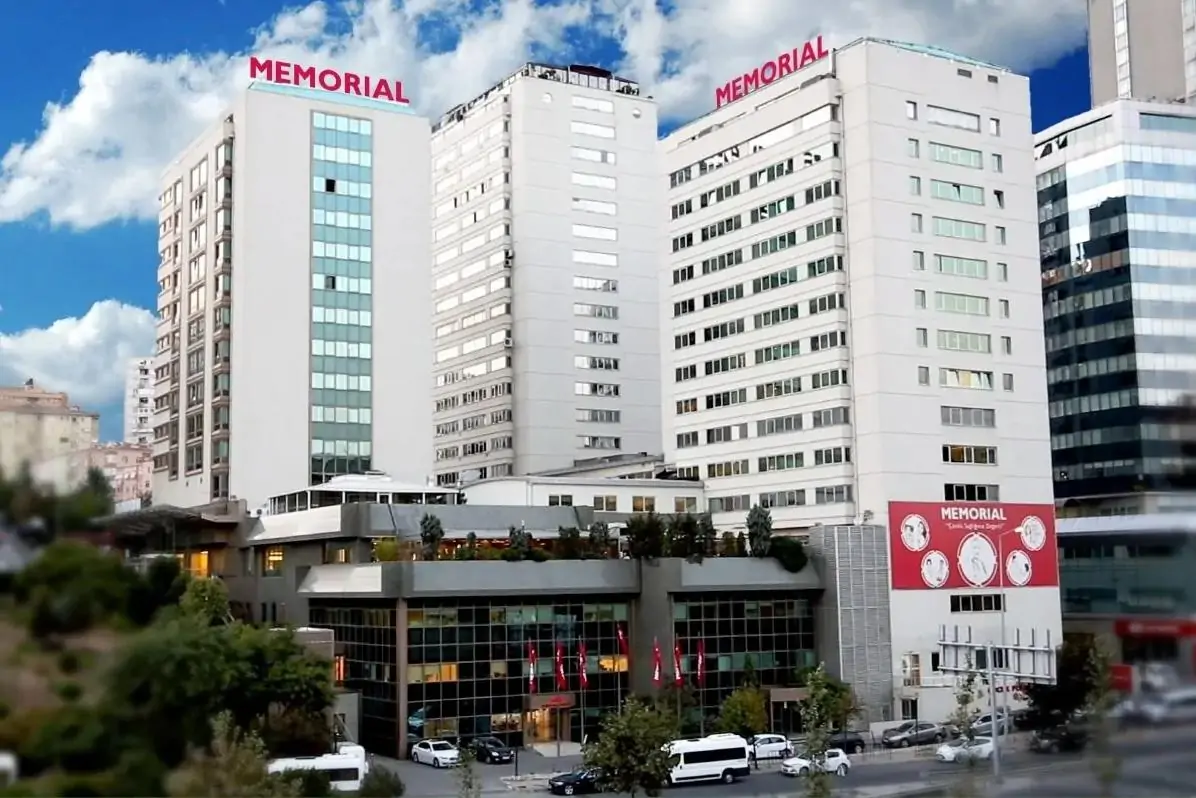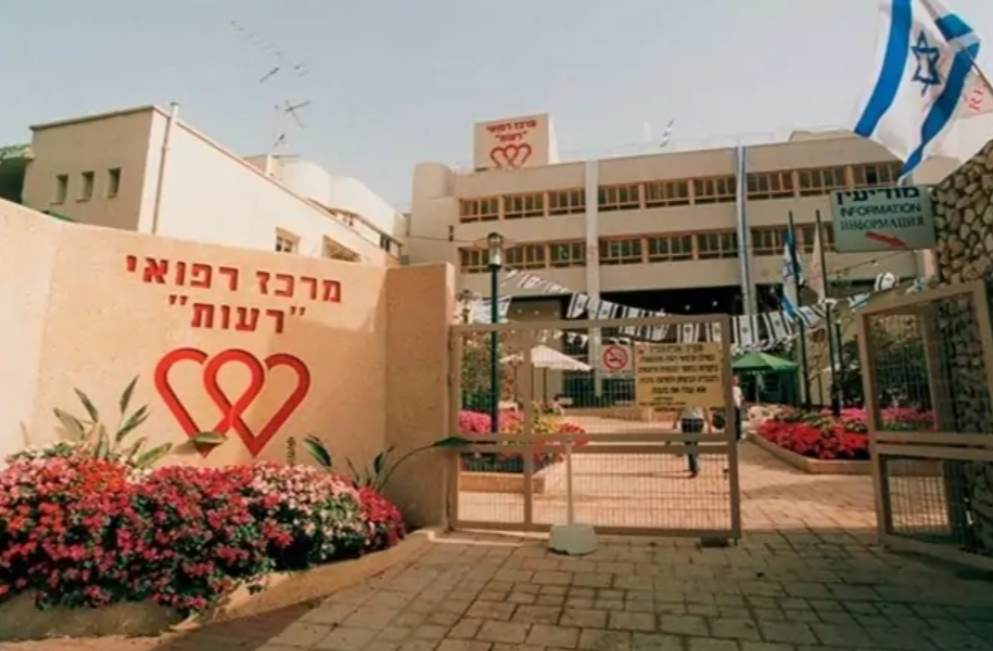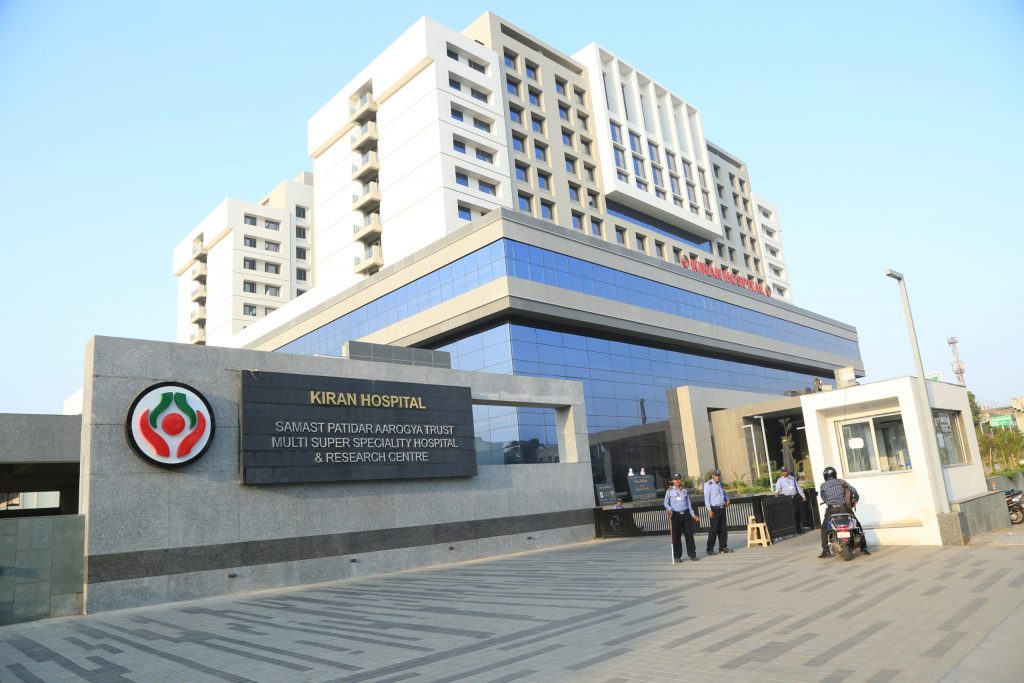What is Basalioma?
Basal cell carcinoma belongs to the category of malignant skin diseases. In most cases, pathology affects the face, however, it can occur in other areas of the skin. It’s a small reddish nodule, slightly elevated above the surface.
Basalioma may not disturb a person for quite a long time. Though, disease rarely metastasizes and responds well to treatment.
Main causes of basal cell carcinoma
Risk of basalioma occurrence and progression is higher for older people with light skin. According to statistics, men are more susceptible to this disease. The main reasons for the development of basal cell carcinoma:
- genetic factors: increased level of susceptibility to sunlight; hereditary defect in genome;
- radiation;
- excessive exposure to direct sunlight;
- skin contact with chemical materials;
- frequent skin damage;
- mutations at DNA level.
Symptoms of basalioma
Manifestation of basalioma is gradual. First, it is a small bubble of light shade, then covered with a thin crust. Under this crust, there is ulcer, bleeding from time to time (later stage of disease development).
Symptoms:
- Early phase. Small formations of 1.5-2 cm, light, without pain.
- Disease in 2-3 stages. Tubercle on skin increases to 5 cm, its color becomes more pink, pigmentation is possible in other skin areas.
- The last stage – the node becomes large enough – more than 5 cm – gives spontaneous bleeding. The color becomes intense pink.
- Often, tumors appear on cheeks, nose, temples or in the corners of the eyes. In rare cases, basalioma appears on the scalp or hands.
Diagnosis and treatment of basalioma
To identify a basalioma, doctors must conduct a histological analysis. To do this, the doctor takes a scraping of skin cells and a biopsy – removing small pieces of the affected tissue;
If the tumor is confirmed, the doctor prescribes therapy. The following methods are currently available for the treatment of skin cancer:
- Excisional biopsy. This method means removal of affected part, followed by area suturing:
- such therapy needs healthy skin area of 3-5 mm around tumor;
- large affected skin may require replacement.
- Mohs surgery:
- the excised tissue is carefully examined in layers under a microscope, which makes it possible to guarantee the complete removal of the affected cells;
- This type of surgery is used around the lips, eyes and in the area of the nasal septum..
- Skin surgery:
- technique using local anesthesia without suturing;
- removal of the neoplasm from the skin, followed by treatment of the affected area;
- used for small tumors without ulcerative manifestations.
- Cryogen therapy:
- affected skin is treated with liquid nitrogen;
- method is used for small tumors without deep tissue penetration;
- After the procedure, a blister appears on the site, and then it is covered with a crust.
- Photodynamic therapy:
- a method consisting in the application of a photosensitizing substance followed by irradiation treatment;
- suitable for small tumors in places with a low probability of recurrence;
- carried out approximately once every 7 days until complete recovery.
- Cream-modifier of immune system response to cancer cells: only for small tumors that have not reached the main phase.
- Radiation therapy:
- It is used if surgical intervention is necessary, but if it is impossible for physiological reasons.
Most common methods are surgical and cryogenic.
Survival rate for cell carcinoma basal
Basalioma is curable in most cases. However, in 50% of patients, the disease recurs within 5 years. Basalioma is curable in most cases. However, in 50% of patients, the disease recurs within 5 years.










